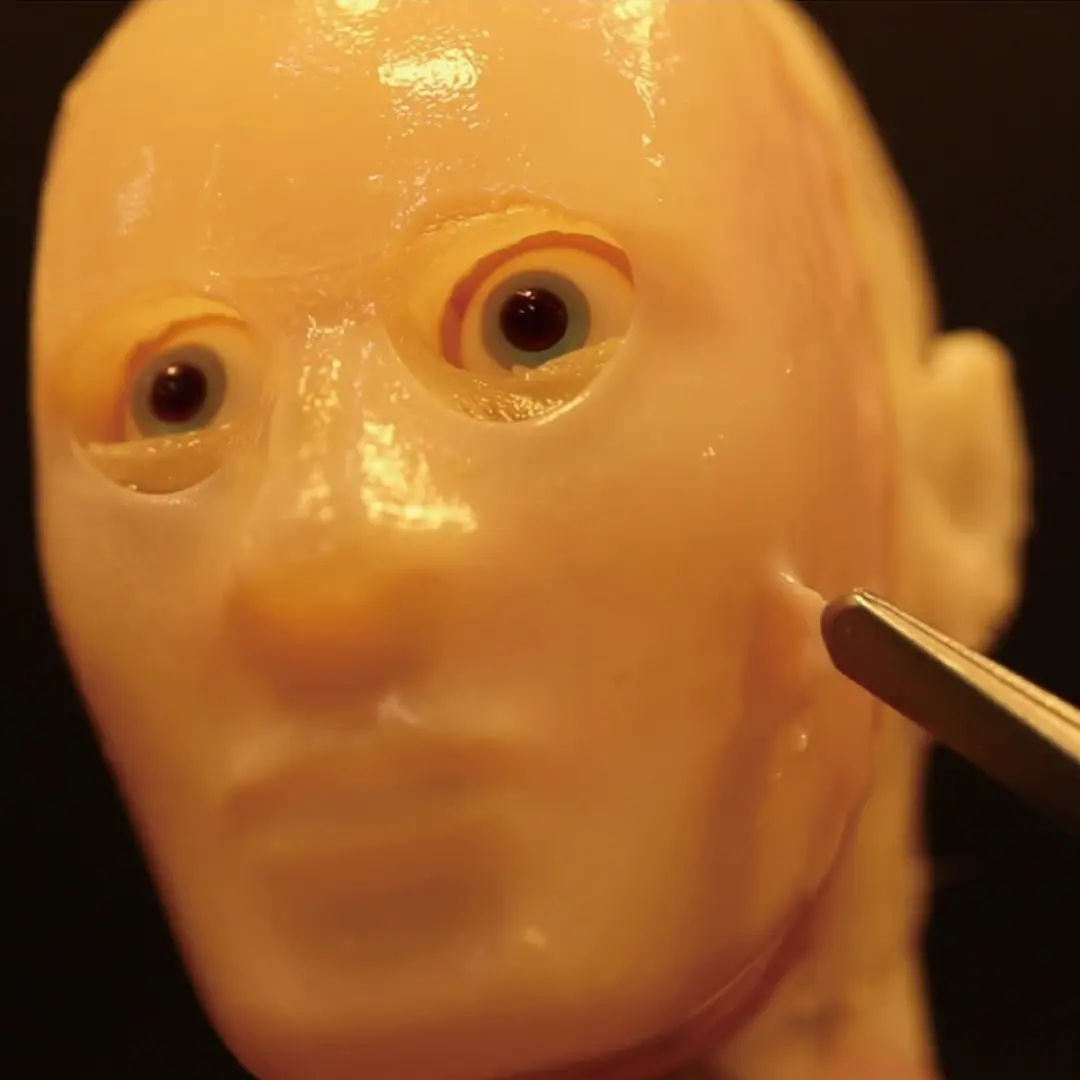The development of a robot face with lab-grown human-like skin by scientists at the University of Tokyo represents a significant advancement in robotics and biomedical engineering. This breakthrough aims to improve human-robot interactions and has promising implications for skincare testing and beyond.
At the heart of this innovation is the creation of artificial skin that closely resembles human skin in both structure and function. The researchers utilized human skin cells grown on a collagen base to mimic the complex layers and properties of natural human skin. This includes the ability of the skin to heal itself and to exhibit facial expressions akin to those of humans.
The motivation behind this development lies in enhancing the realism and usability of robots in various applications, particularly in scenarios where robots interact closely with humans. By providing robots with skin that can heal and express emotions, the researchers aim to bridge the gap between human and machine interactions. This could potentially lead to robots being more accepted and trusted companions in everyday settings, such as caregiving, customer service, and social interaction.
Moreover, the use of this technology extends beyond humanoid robots. The ability to grow functional human-like skin in a laboratory setting opens up new avenues in biomedical research and healthcare. One notable application is in skincare testing, where the artificial skin can be used to evaluate the safety and efficacy of cosmetic products without relying solely on animal testing or human volunteers. This approach not only reduces ethical concerns but also provides more accurate and reliable results.
The development process involves intricate engineering and biological techniques. The artificial skin is anchored to the robot’s structure using “perforation-type anchors,” which simulate human ligaments and allow for natural movement and expression. Ongoing research aims to further refine the skin’s properties, potentially adding features such as sweat glands, pores, and even sensory receptors to enhance its realism and functionality.
The implications of this research are far-reaching. In addition to advancing robotics and biomedical engineering, it underscores the convergence of multiple disciplines—biology, materials science, and robotics—towards creating more lifelike and functional artificial systems. This interdisciplinary approach not only pushes the boundaries of scientific innovation but also holds promise for addressing practical challenges in fields as diverse as healthcare, entertainment, and industrial automation.
In conclusion, the development of a robot face with lab-grown human-like skin by scientists at the University of Tokyo marks a significant milestone in robotics and biomedical research. By mimicking human skin’s healing abilities and expressive capabilities, this technology aims to revolutionize human-robot interactions and pave the way for safer, more effective skincare testing methods.









